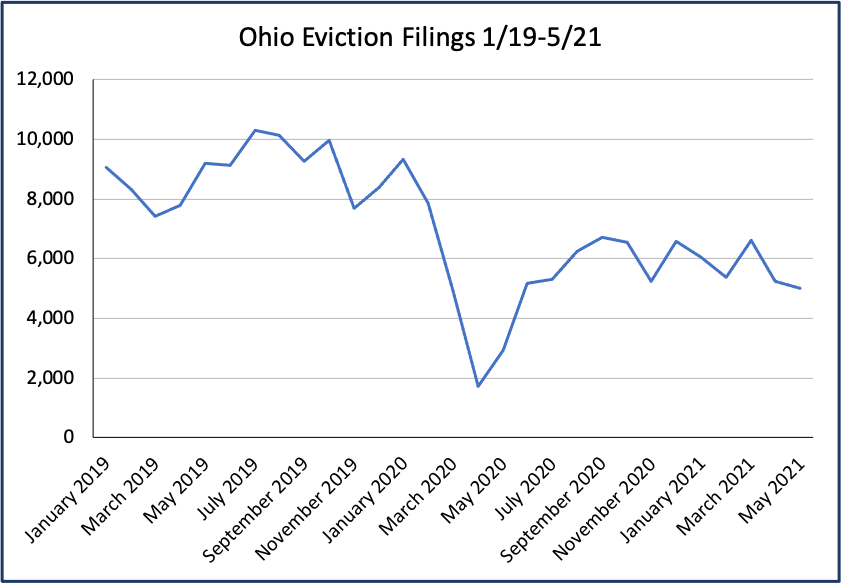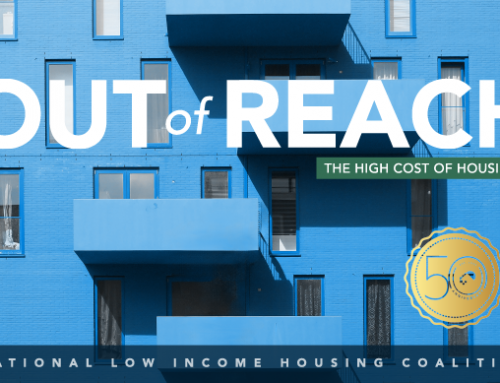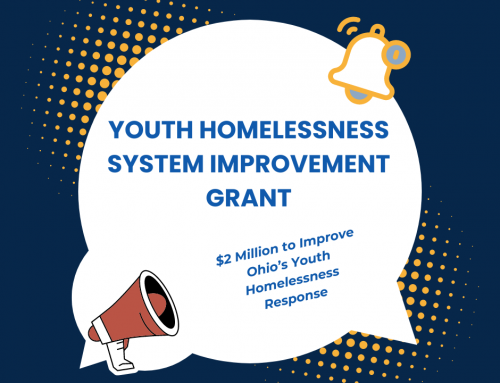FOR IMMEDIATE RELEASE AUG. 2, 2021
Advocates Warn of Post-Moratorium Spike
The number of Ohioans receiving an eviction notice plummeted when the pandemic started, but new filings have increased and advocates are bracing for a rise in eviction cases since the national eviction moratorium expired last weekend.
An analysis of court data by the Coalition on Homelessness and Housing in Ohio shows that eviction filings decreased substantially after many local courts paused eviction proceedings shortly after the pandemic took hold in 2020. While evictions resumed later that year, case filings continued below normal levels since the Centers for Disease Control imposed a national eviction moratorium in September.
COHHIO Executive Director Bill Faith said the moratoriums protected tenants from losing their homes in some circumstances, but noted they generally did not prevent Ohio landlords from initiating eviction proceedings.
“The CDC’s eviction moratorium was poorly designed and implemented in Ohio so it’s impossible to know how many eviction cases were put on hold until the CDC moratorium expired July 31,” he said. “But with so many tenants still behind on rent, we’re concerned the floodgates will now open and sweep many vulnerable families out of their homes just when Covid cases are rising again.”
Eviction case filings in Ohio typically range between about 7,500 to 10,000 a month. But filings suddenly dropped to 1,730 in April 2020, when the pandemic prompted many local courts to stop hearing eviction cases. While case filings resumed a few months later, they have hovered between roughly 5,000 and 6,600 each month in 2021, according to the analysis, which shows monthly case filings in each of Ohio’s 88 counties. Ohio Supreme Court data indicates the total number of eviction filings dropped 36 percent from 106,654 in 2019 to 68,552 in 2020. That trend has continued in 2021, but COHHIO expects those numbers increase significantly over the remainder of the year.
The CDC moratorium was initially set to expire on Dec. 31 but was extended to Jan. 31 after Congress created the $25 billion Emergency Rental Assistance program in December. The CDC then extended the moratorium twice under President Joe Biden’s orders.
The final expiration of the national eviction moratorium comes as the U.S. Census Bureau estimates 213,000 Ohio households are behind on rent and 134,000 are concerned they will get evicted within the next 2 months.
Faith urged Ohioans who are struggling to pay rent to apply for Emergency Rental Assistance, which is available to tenants throughout the state. COHHIO is working to accelerate the distribution of Emergency Rental Assistance and is in the process of creating a simple statewide directory of local programs that will soon be available on COHHIO’s website.
“Don’t wait for an eviction notice to show up on your door. Apply for Emergency Rental Assistance as soon as you start having trouble paying the rent. Many agencies are overwhelmed, so it can take some time for assistance to come through. But Emergency Rental Assistance is a win-win for landlords and tenants, so we’re asking everyone to be patient,” Faith said, noting that the program can cover up to 12 months of arrears and three months of prospective rent. “Nobody should get evicted while waiting for an application to get processed.”
Faith also urged landlords to work with their local Emergency Rental Assistance agency to help process payments on behalf of all of their tenants who are in arrears. He also asked court officials to not process evictions in cases where the landlord refuses to cooperate and refused to accept payment, or has not helped their residents apply.
While the pandemic exacerbated housing instability, Ohio’s shortage of affordable housing has been growing worse over many years as the cost of rent has outstripped incomes for people working in low-wage jobs. COHHIO recently issued a report finding only four of the 10 most common jobs in Ohio actually pay full-time employees enough to afford a modest two-bedroom apartment.
“Emergency Rental Assistance is a lifeline for many Ohioans who lost jobs or income during the pandemic, but it’s just short-term relief,” Faith said. “We also need long-term solutions to fix the affordable housing shortage so we’re not stuck behind the eight ball again when the next crisis comes along.”
COHHIO is calling on Ohio’s Congressional delegation to support the Ending Homelessness Act, which would significantly increase the availability of housing vouchers for low-income people. While the Housing Choice Voucher program is a time-tested approach to reducing poverty and improving health and opportunity for children, currently only one in four eligible households actually receives assistance.
In addition, COHHIO is advocating for the federal Housing is Infrastructure Act, which would rehabilitate America’s deteriorating public housing system and expand the National Housing Trust Fund to increase the supply of rental units that extremely low-income Americans can afford.








